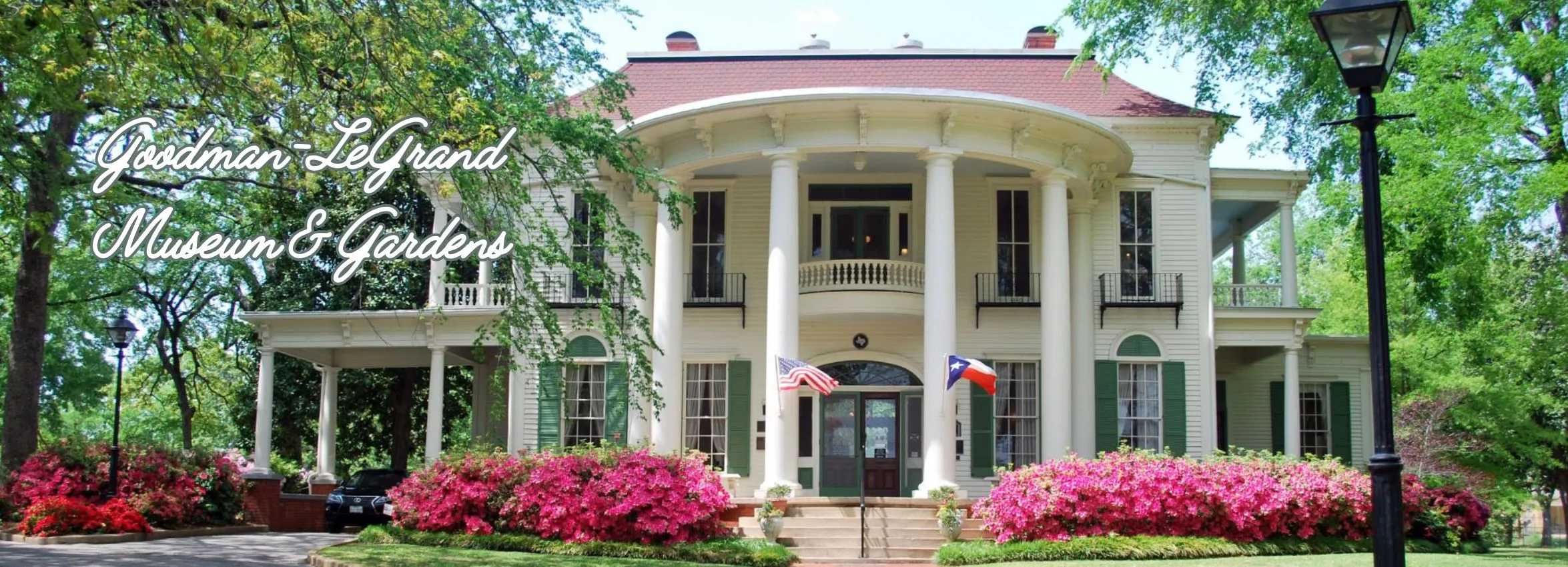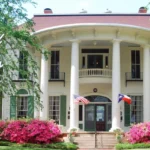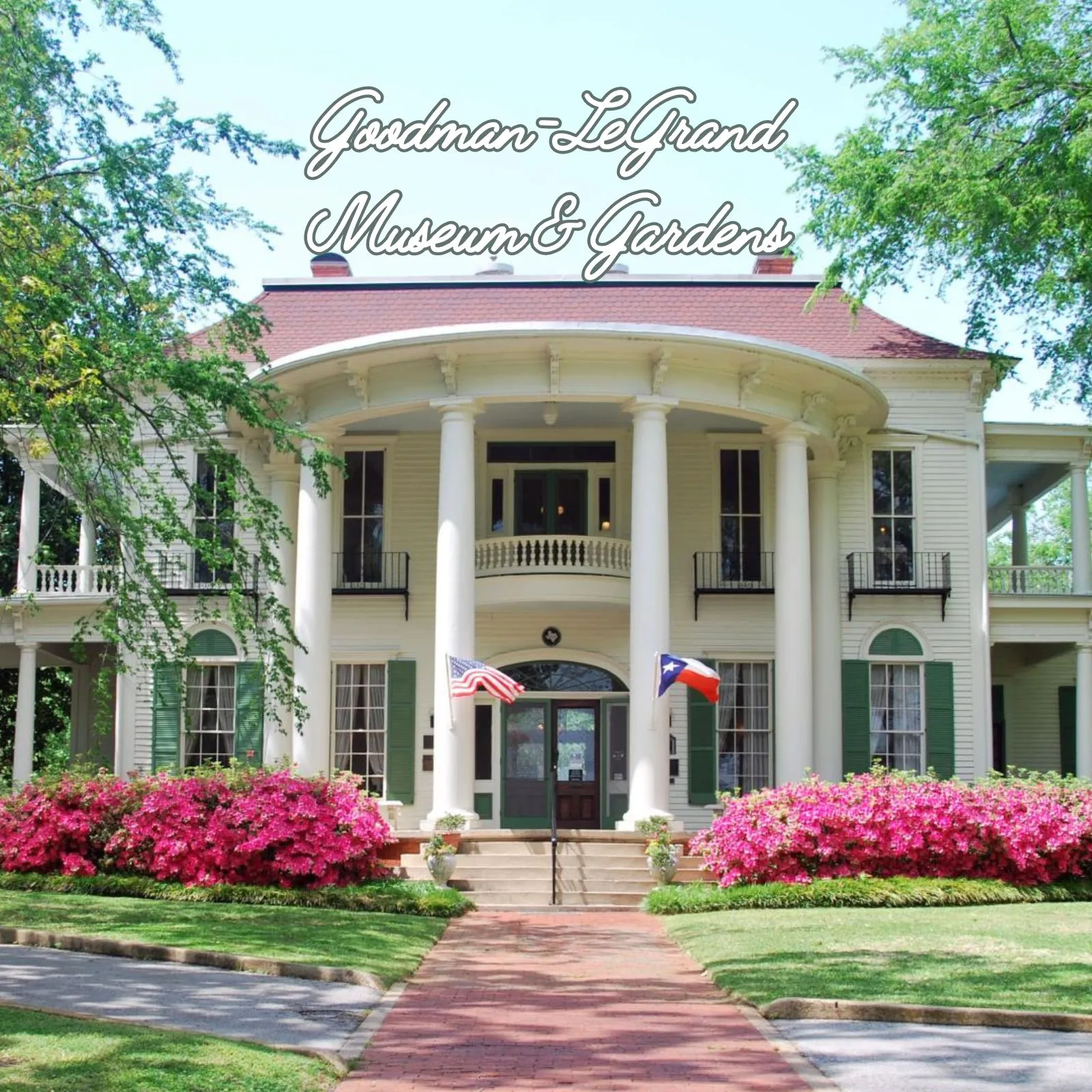History of Tyler Texas: A Deep Dive into the Past
The Founding Era: Beginnings of Tyler
Situated in the heart of East Texas, Tyler boasts a history that intertwines with the broader narrative of Texas itself. Founded in 1846, Tyler was named after President John Tyler, recognizing his efforts in admitting Texas into the United States. The history of Tyler Texas is vast and complex, starting with the explosion of the U.S. railroad system.
The Railroad Days: Connectivity and Growth
By the late 19th century, railroads played a vital role in Tyler’s expansion. The St. Louis Southwestern Railway and the International-Great Northern Railroad, among others, connected Tyler to a vast network, boosting its economy and population.
The Rose Capital: Blooming in Beauty
In the 20th century, Tyler earned its nickname, the Rose Capital of the World. The region’s conducive soil and climate paved the way for thriving rose industries. Today, the Texas Rose Festival, hosted annually, pays homage to this floral heritage.
Education and Advancement: Schools and Colleges
Over the years, Tyler became a center for education in East Texas. Institutions like the University of Texas at Tyler and Tyler Junior College have shaped countless minds, fostering a culture of learning and innovation.
Wars and Contributions: Tyler’s Role
Tyler played a significant part during World War II. Its defense industries, like the Tyler Army Air Field, were crucial to the wartime effort, making Tyler indispensable during these challenging times.
Architectural Marvels: Historical Buildings
Wandering through downtown Tyler, one can’t help but admire its historic architecture. Landmarks like the Goodman-LeGrand House offer glimpses into Tyler’s opulent past, while the Smith County Courthouse stands as a beacon of governance and justice.
Modern Tyler: Development and Urbanization
As the decades rolled on, Tyler embraced modernization. With advancements in healthcare, such as the acclaimed UT Health East Texas, and burgeoning IT sectors, the city has consistently reinvented itself while staying rooted in its past.
The Cultural Scene: Museums and Arts
Tyler is not just about history; it’s a hub for arts and culture. The Tyler Museum of Art, Cowan Center, and Liberty Hall are just a few places where Tylerites and visitors can immerse themselves in a rich cultural experience.
The Diverse Communities: Melting Pot of Traditions
Tyler’s history is also the history of its diverse communities. From the contributions of the African-American community to the influences of Hispanic culture, Tyler is truly a melting pot of traditions and stories.
Environmental Efforts: Green Tyler
In recent years, there’s been a renewed focus on making Tyler environmentally sustainable. Parks like the Tyler State Park and the efforts of local organizations ensure that Tyler remains green and beautiful for generations to come.
Conclusion
From its inception in the mid-19th century to its present-day avatar, the history of Tyler, Texas, is a tapestry of events, cultures, and innovations. As the Rose Capital of the World continues to evolve, its roots in history ensure that it never loses its essence. In the heart of East Texas, Tyler stands as a testament to resilience, growth, and an undying spirit of community.











